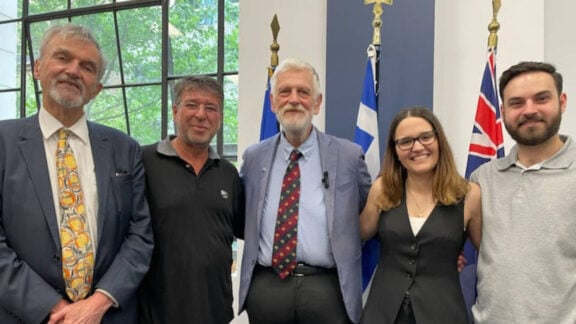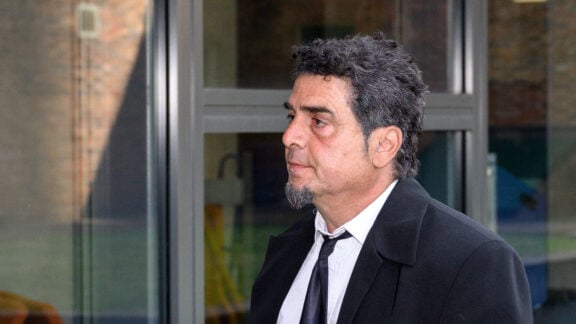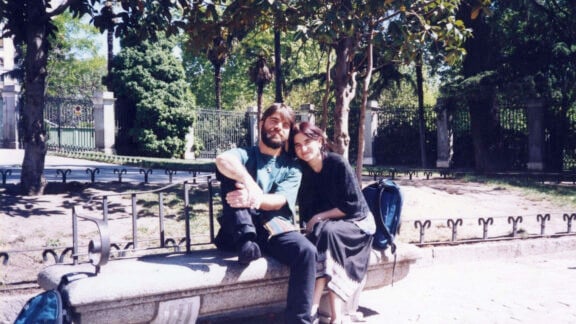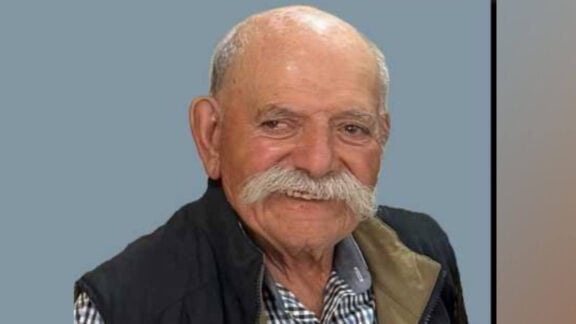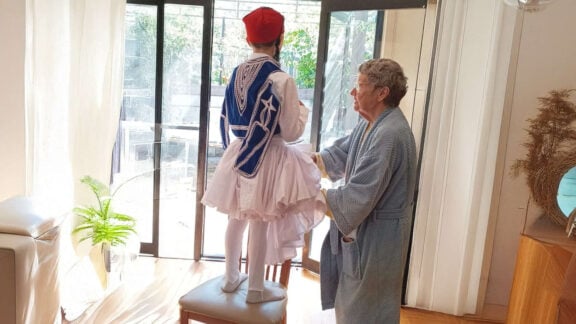The Brotherhood of St Laurence is a non-government, community and Melbourne based organisation concerned with issues of social justice. The scope of the Brotherhood is national and its research, service development and delivery, as well as advocacy initiatives, are taken into consideration by many.
One of the landmark research works of the Brotherhood of St Laurence is an evolving and ongoing study of the life chances of initially 167 babies who were born in Australia in 1990. In 2014, only 121 of the original babies, young adults now, continue to participate in the study.
The broad aims of the Life Chances Study, as the researchers Janet Taylor and Malita Allan tell us, is to examine over an extended period of time the life opportunities and life outcomes of a group of Australian children, including the influence of social, economic, and environmental factors on children’s lives. The study, inspired by the British documentary series Seven Up, which followed the lives of seven British school children every seven years, starting in 1964, also aims to compare the lives of children in families on low incomes with those in families with high income and as a result of this, to contribute to the development of government and community initiatives to improve the lives of the less fortunate children.
The study sample was selected from the population of the inner suburbs of Melbourne, and amongst others included low income migrant, refugee and Australian families. Low, medium and high incomes were defined in terms of the Henderson poverty line, whilst similar studies in the United States, Britain and New Zealand were also taken into consideration.
The Henderson poverty line (HPL) was initially defined in 1970 by a Melbourne University research team led by Professor Ronald F. Henderson. From 1981 onwards the HPL refers to a per capita adjusted household disposable income.
According to the 2013 report of the Life Chances Study, what made a difference in the babies/children’s lives across the 21 years of study were factors such as family income, stable affordable housing, safe, secure and ‘family friendly’ employment for the parents, accessible public transport, informal support from family and friends, affordable health, education and other services that the welfare state provides to its less fortunate members.
In other words, the study reiterates all the basic principles that led western societies after the end of the Second World War, including Australia, to set up a welfare safety net, to set up the welfare state that is now under attack by the philosophy and the budgetary measures of the Abbott government.
With family incomes under attack as a result of the Abbott policies, with significant school dropout rates, with tertiary students in debt as a result of HECS, with housing affordability becoming a dream for many, especially the young, with unaffordable child care, with our cities becoming megacities in the not too distant future, megacities with transportation needs that could not be met easily, what life chances can children from less well-off families have?
How many resilient disadvantaged young people can move upwards socially and economically, on their own, without the ever diminishing support of the under-attack Australian welfare state?
A quantitative study of 10,000 children in Australia, designed by the Australian Institute of Family Studies (AIFS), the Federal Government’s key research body in the area of family wellbeing, also confirms that intergenerational disadvantages mark the lives of children and adults.
Another study in Britain, this time by Professor of Economics at the University of California Gregory Clark, a study into social progress, has also produced similar results. For example, the descendants of people who in 1858 had ‘rich’ surnames, for example Percy and Darcy, indicating that they were descended from the French nobility, were still substantially wealthier in 2011 than those with traditional ‘poor’ surnames. They were also living three years longer than average due to their socio-economic status.
Clark also drew upon research that uses surnames to track status over centuries. “With surprising consistency across countries and eras, mobility was found to be painfully slow,” as The Economist once wrote. According to Gregory Clark, birth has predicted more than 50 per cent of one’s income or education status.
With all these studies indicating that the ‘corrective’ policies of an interventionist welfare state are now needed in Australia and elsewhere in the world more than ever, it should be a miracle if the ‘anti-Abbott’ and anti-Coalition forces cannot manage to offer a credible governing alternative to the Australian people at the next election.

